Learning your keys and scales will take you to a new level of musicianship. Knowing what notes work with each other and why will open up your mind to new avenues of creativity. In this lesson we will discover D major chords, the theory behind the key of D major, as well as how to apply that knowledge to your music.
Let’s get started with the lesson!
D Major Chords
The D major chords are the chords that are built using the notes in the D major scale; D – E – F# – G – A – B – C#.
What are the chords in the key of D major?
The chords in the key of D major are:
- D (I)
- Em (ii)
- F#m (iii)
- G (IV)
- A (V)
- Bm (vi)
- C#dim (vii°)
*diminished chords (dim, for short) are denoted by the degree symbol (ex: B° = Bdim) The formula for a diminished chord is I – bIII – bV.
What are the notes of the D Major scale?
The formula for finding the notes in the D major scale, or any major scale, is:
| I (Tonic) | II (Supertonic) | III (Mediant) | IV (Subdominant) | V (Dominant) | VI (Submediant) | VII (Subtonic) |
| Whole | Whole | Half | Whole | Whole | Whole | Half |
| D | E | F# | G | A | B | C# |
Whole – Whole – Half – Whole – Whole – Whole – Half
So, looking at your keyboard:
- D to E is a whole step
- E to F# is a whole step
- F# to G is a half step
- G to A is a whole step
- A to B is a whole step
- B to C# is a whole step
- C# to D is a half step
Relative and Parallel Keys
A parallel key both share the same root note, or tonic. For example, the parallel key to D major is D minor. The difference between the two keys are the III, VI, and VII notes.
To get to D minor from D major you just flatten the III, VI, and VII notes and vice versa for D minor to D major; sharpen the III, VI, and VII notes.
This is how that would look when written out:
- D (I)
- E (II)
- F# (III)
- G (IV)
- A (V)
- B (VI)
- C# (VII)
If we flatten the III, VI, and VII to turn the key minor, it will look like this:
- D (I)
- E (II)
- F (bIII)
- G (IV)
- A (V)
- Bb (bVI)
- C (bVII)
Parallel keys are easy to guess because the names are so similar; D major and D minor. Relative keys don’t have the same naming convention but are almost easier to memorize.
Whereas parallel keys share a root note, relative keys have different roots but ALL the same notes. They just start in different positions. The relative key, or relative minor, to D major is B minor (Bm).
D Major
- D (I)
- E (II)
- F# (III)
- G (IV)
- A (V)
- B (VI)
- C# (VII)
B minor
- B (I)
- C# (II)
- D (III)
- E (IV)
- F# (V)
- G (VI)
- A (VII)
What’s great about understanding relative and parallel keys is it’s a great way to memorize multiple keys at once. By knowing D major, you already know the notes of B minor and, with a little calculation, D minor.
Remember:
| Parallel Key means you either sharpen (minor to major) or flatten (major to minor) the III, VI, & VII notes but they share the same tonic. |
| Relative Key means they share the same notes but each have a different tonic. |
Now you just use those notes to build your chords.
How do I find D Major chords?
If you want to build chords you will use a formula for a triad. We have both major triads and minor triads. They are used to build both, you guessed it, major and minor chords.
The major chord triad formula is I – III – V and the minor chord triad formula is I – bIII – V. The chart below shows how you would map those notes out.
| I | II | III | IV | V | VI | VII |
| D | E | F# | G | A | B | C# |
So, using the two formulas above, we can build a D major chord with the notes:
- D (I)
- F# (III)
- A (V)
To build chords using the D major scale you will only use these notes. The formula to figure out the chords is I – ii – iii – IV – V – vi – vii°.
So the chords of the key of D will look like:
| I | ii | iii | IV | V | vi | vii° |
| D | Em | F#m | G | A | Bm | C#dim |
You may be a little confused on how there can be minor chords in a major key. That is because we can only use notes available in the key of D major to build a set of D major chords.
So, for instance, if we wanted an E chord, we would need the notes
- E (I)
- G# (III)
- B (V)
Since G# is not available in the key of D major, we must use the G note instead. In the chord formula for E, the G is a bIII instead of a III. So we end up with a minor chord instead of a major chord.
D Major Chords (Diagrams)
If you want to skip the theory (you shouldn’t) and get right to playing (I don’t blame you though), here are a bunch of chord diagrams to get you started.
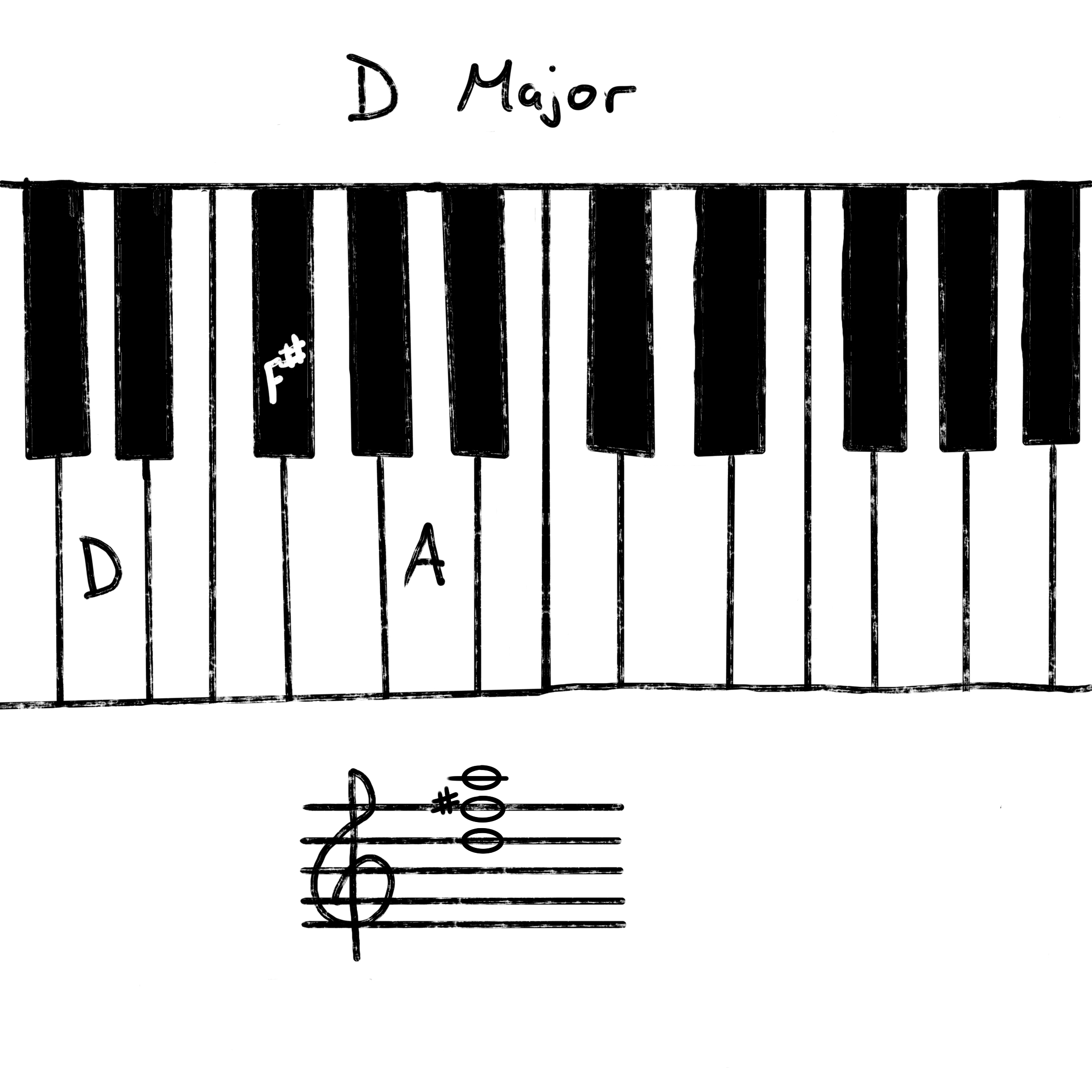
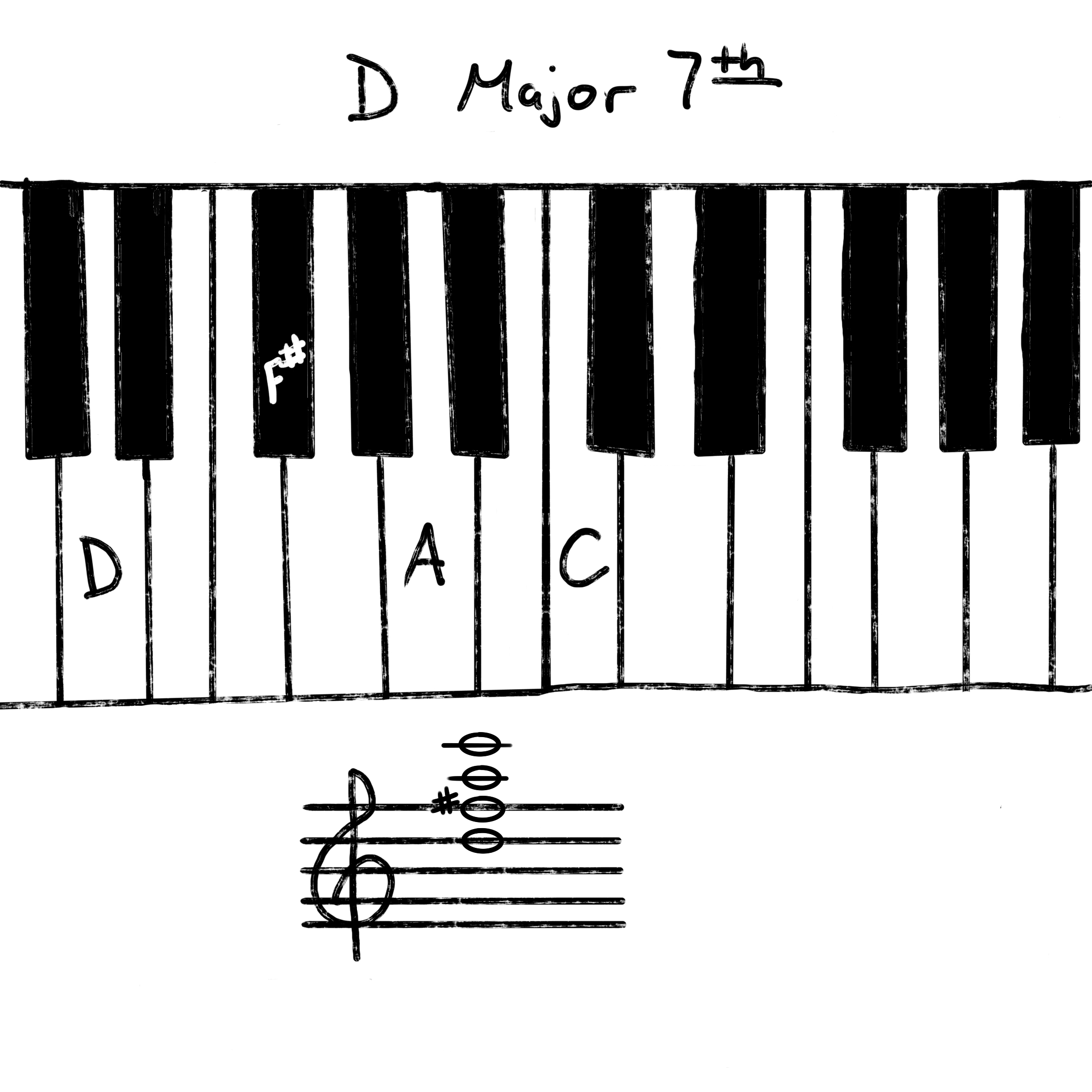
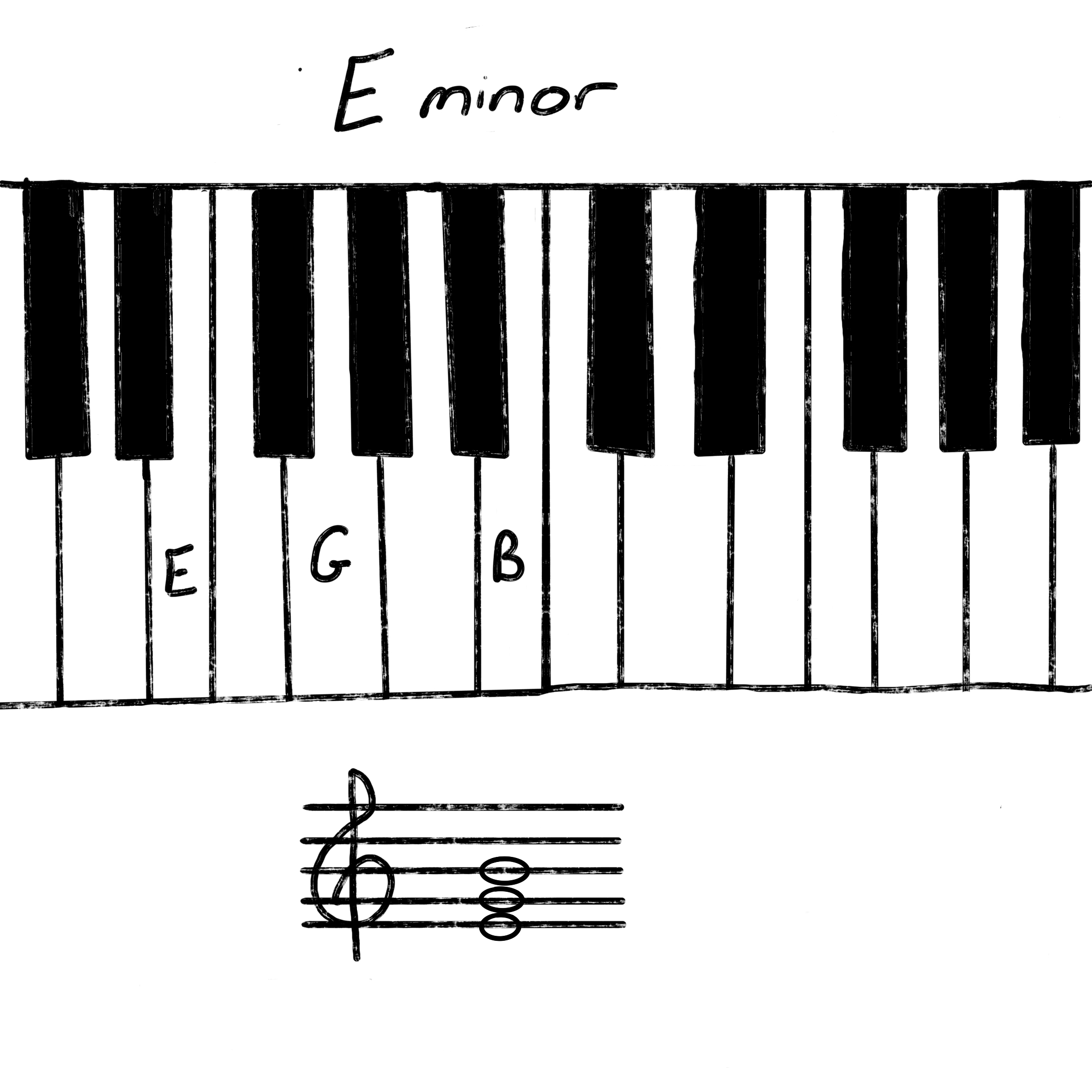
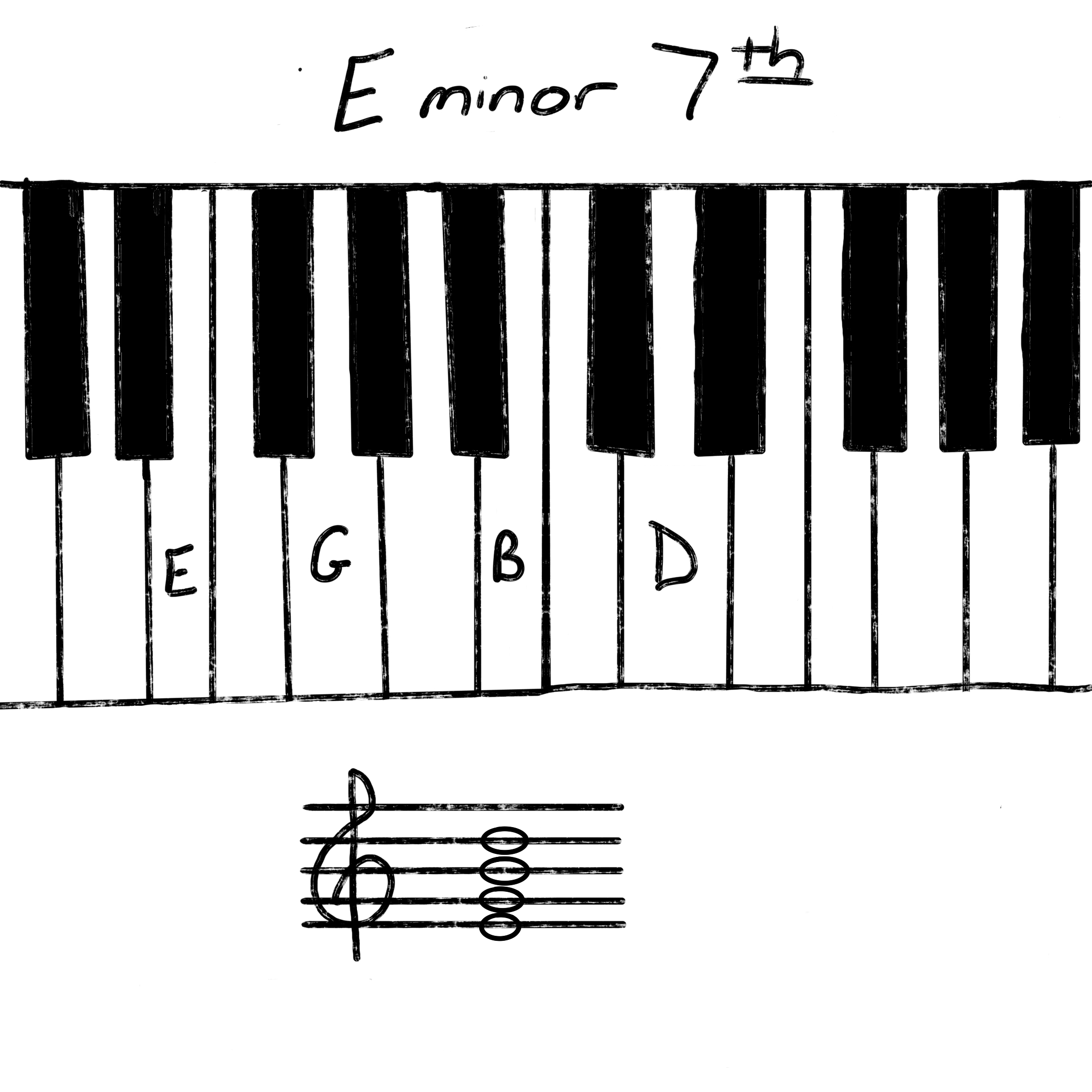
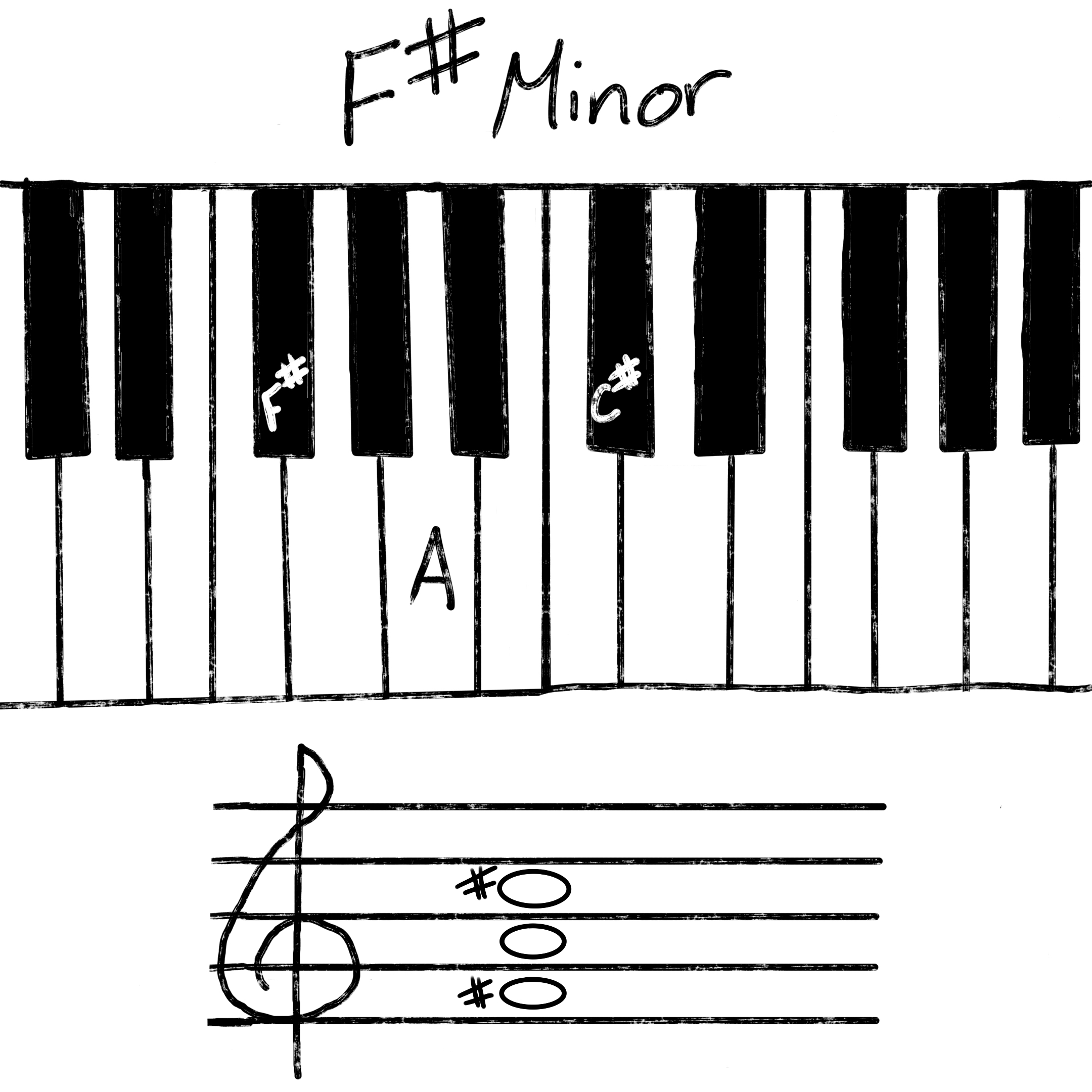

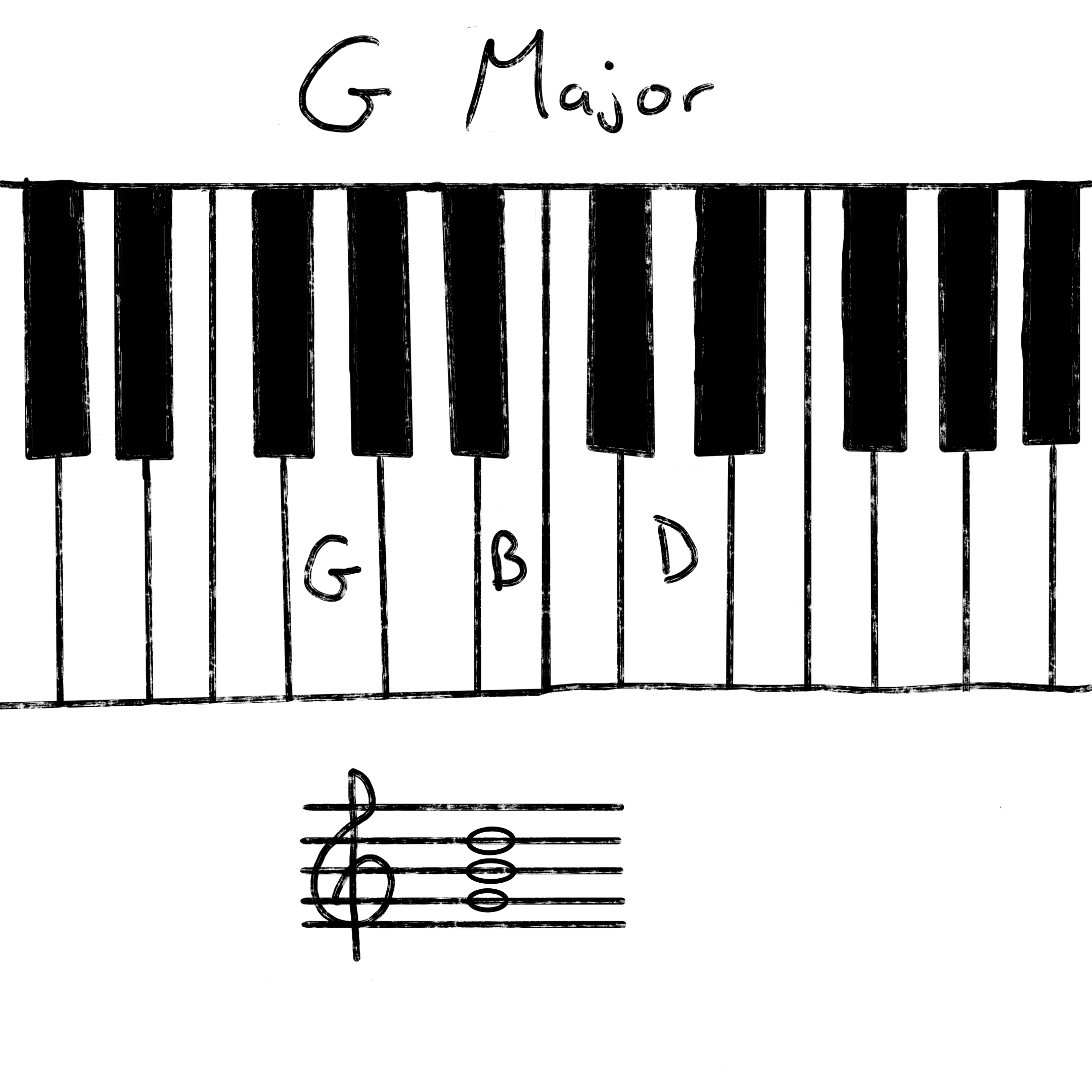
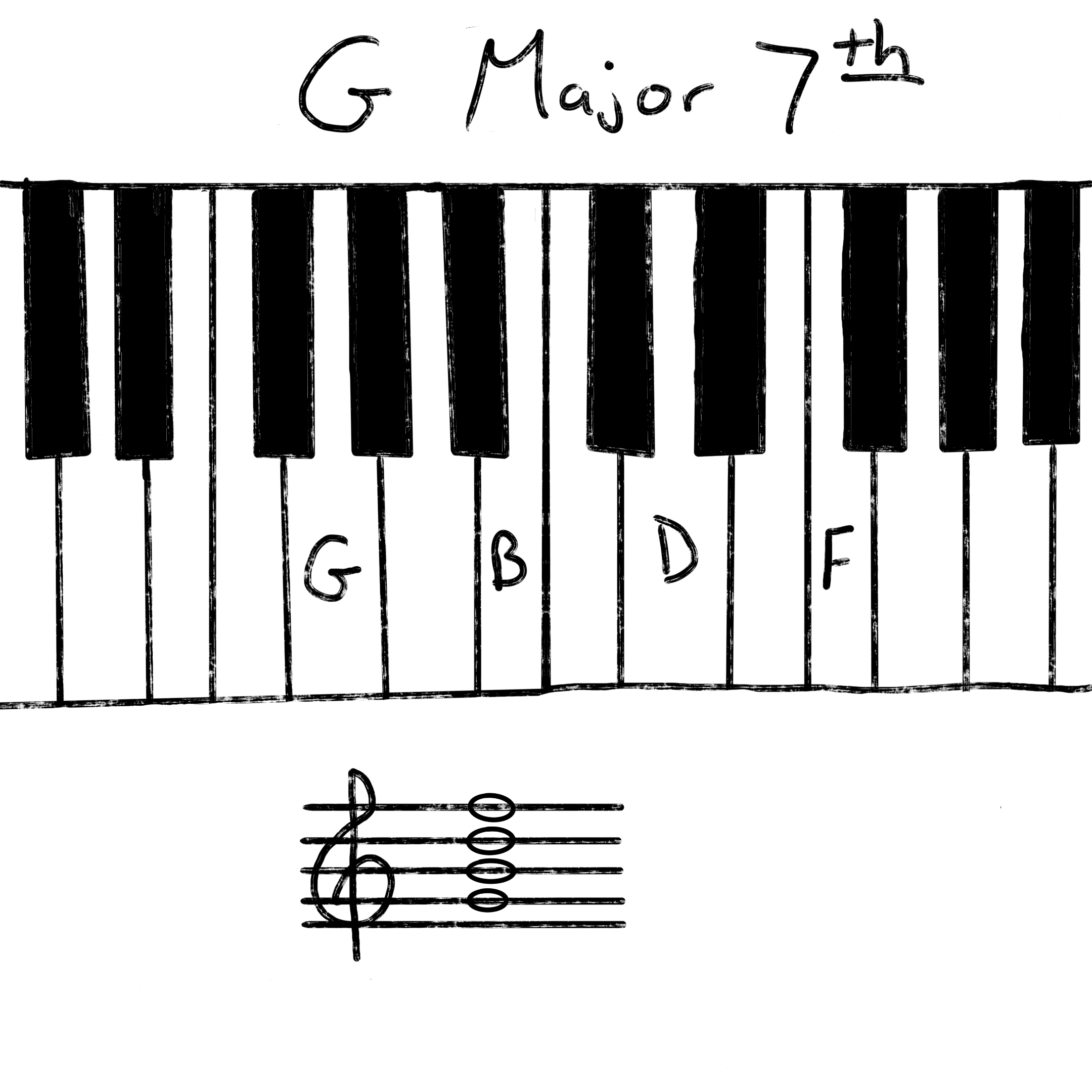
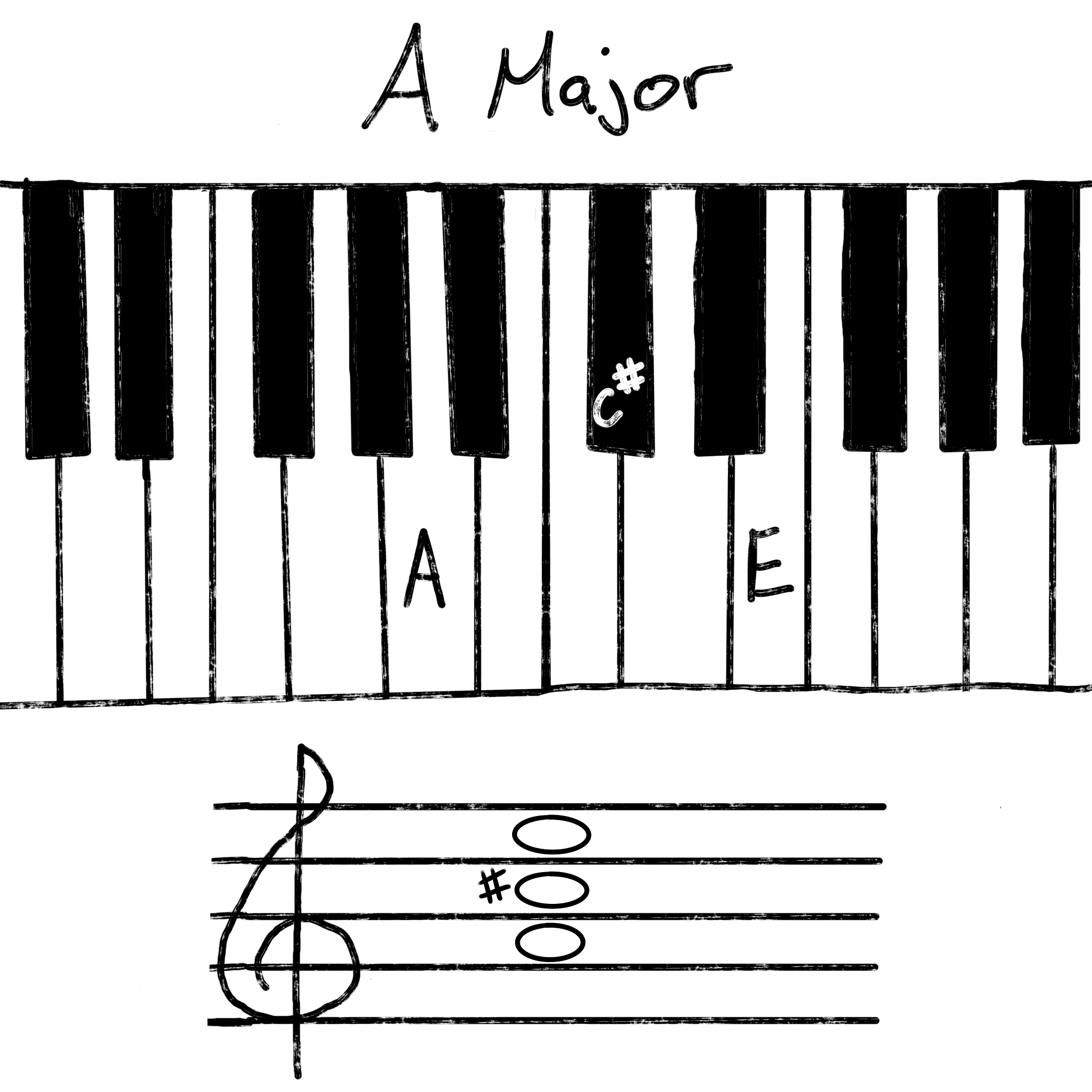
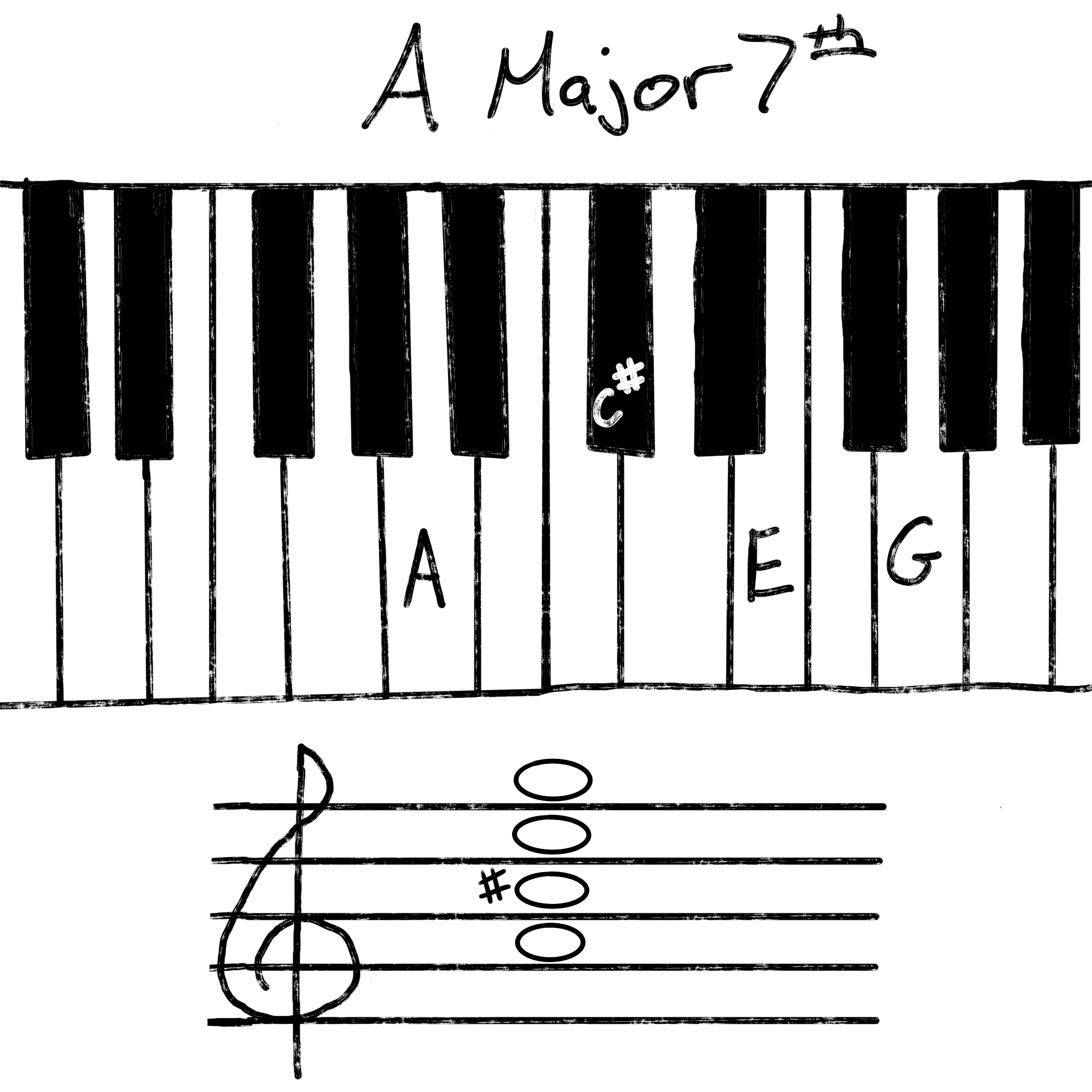
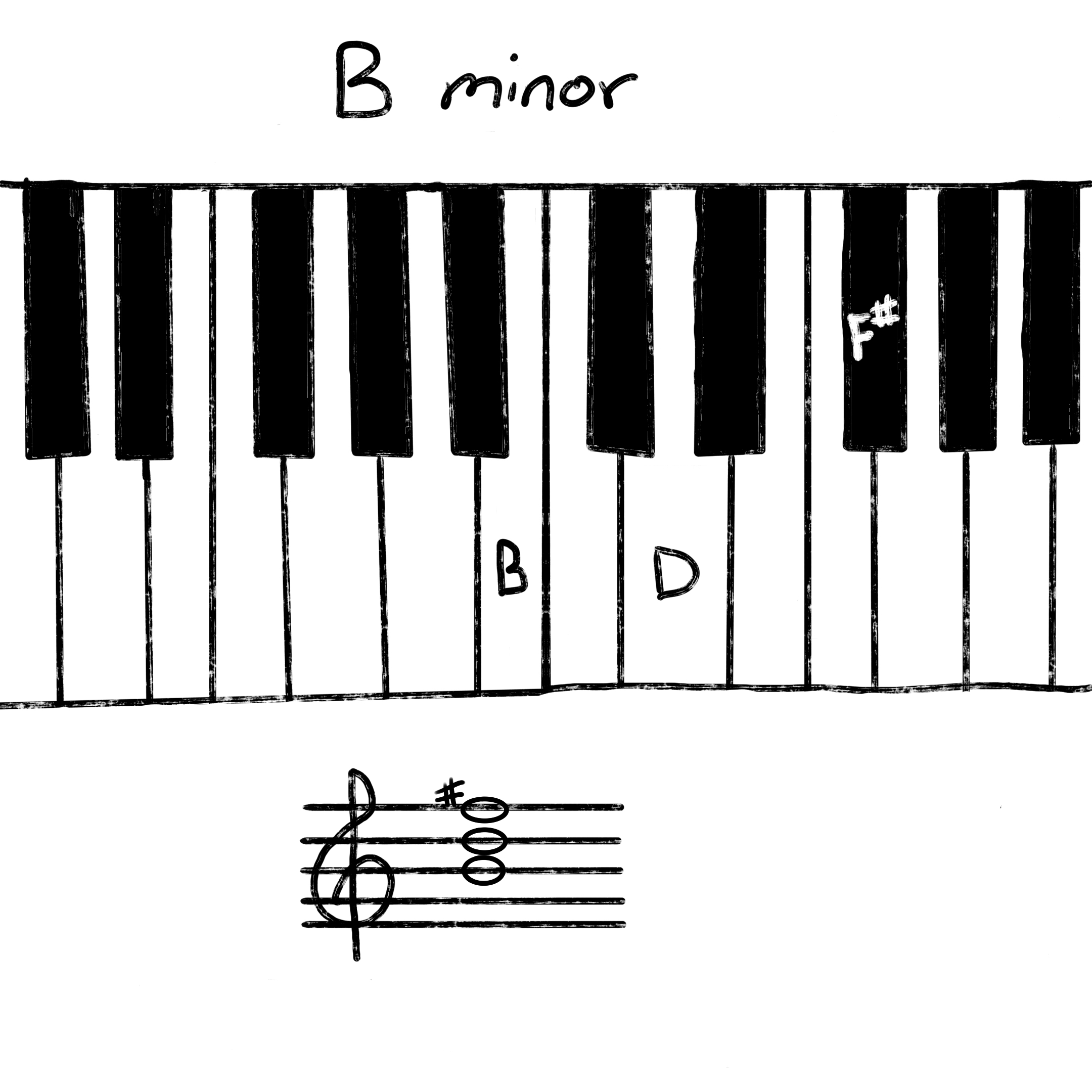
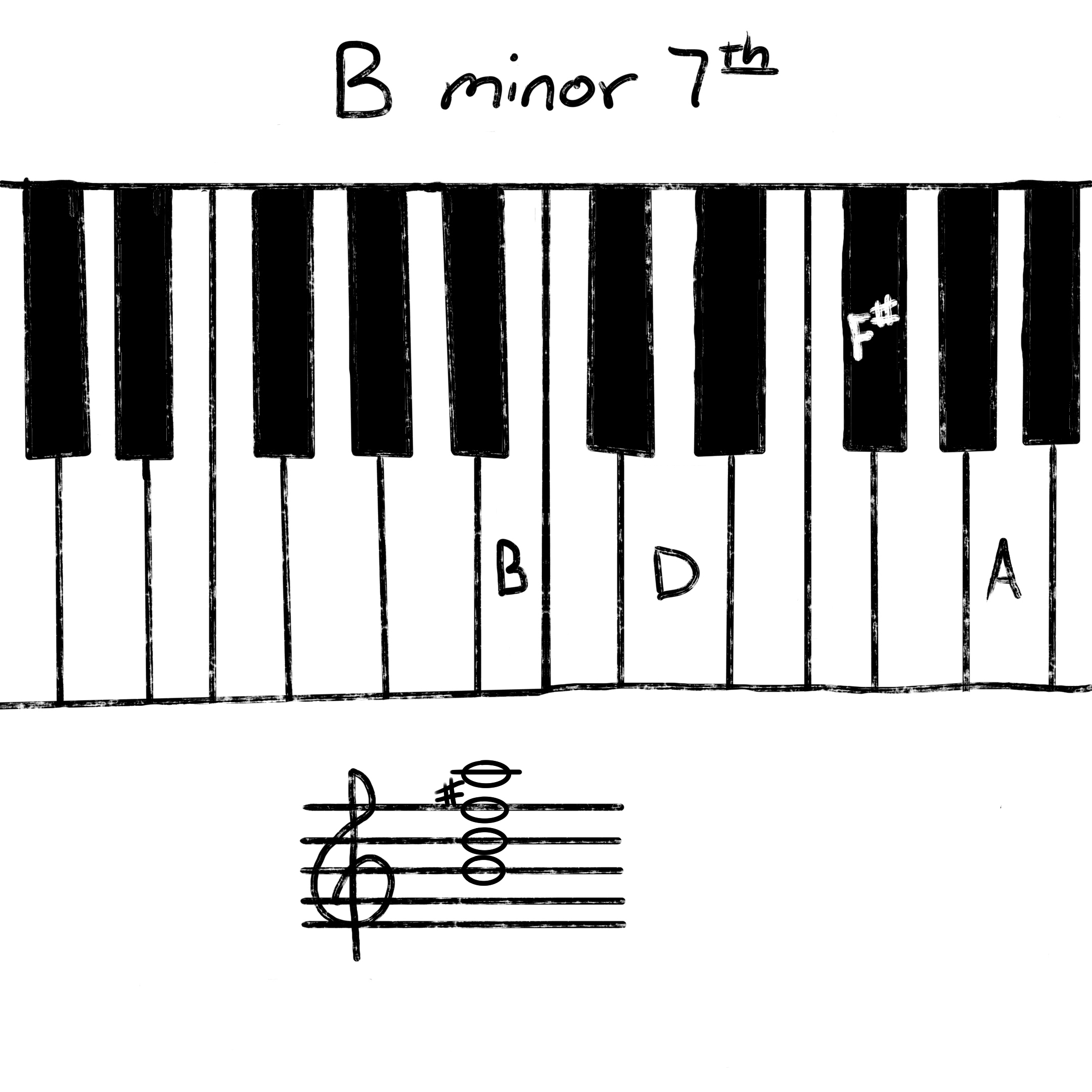
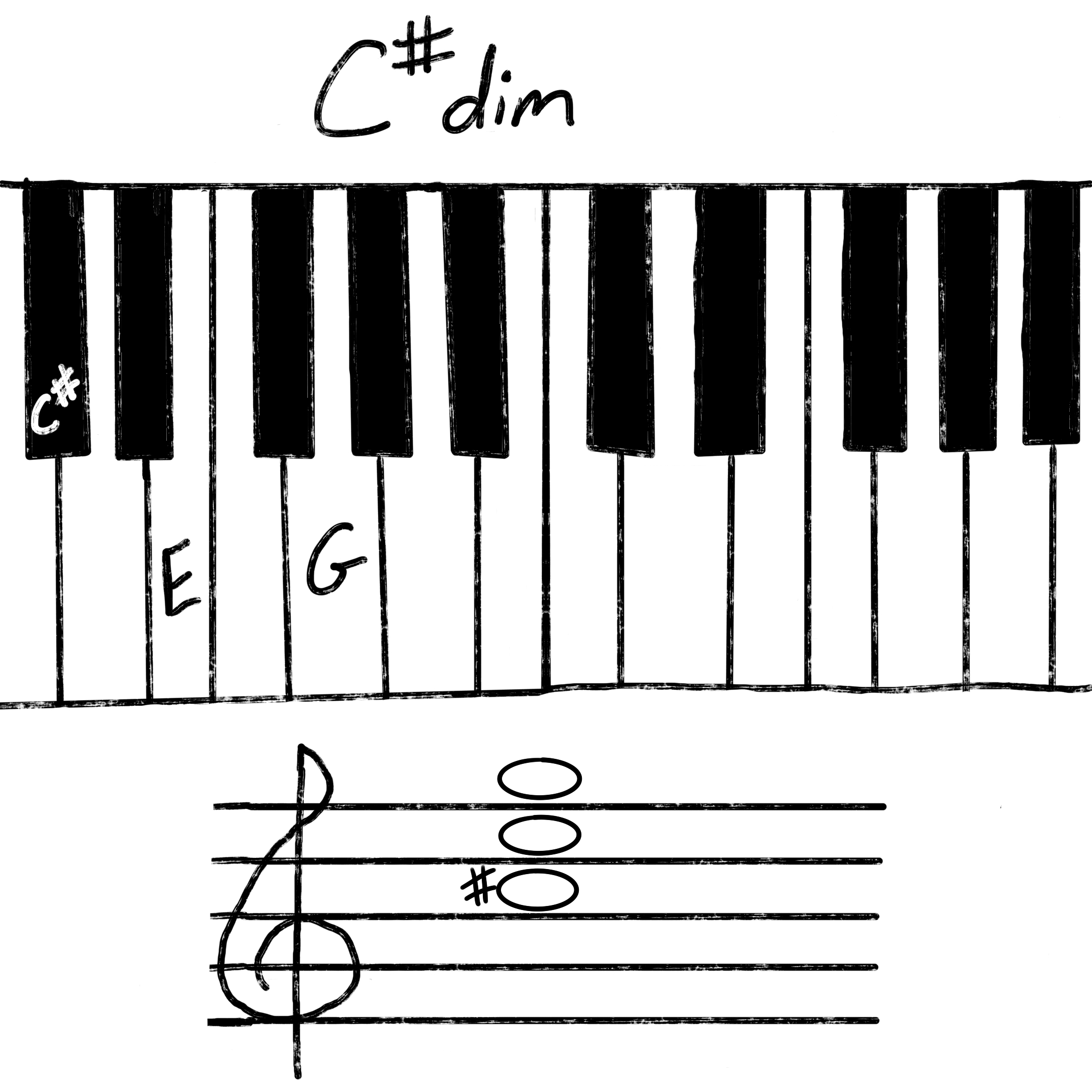
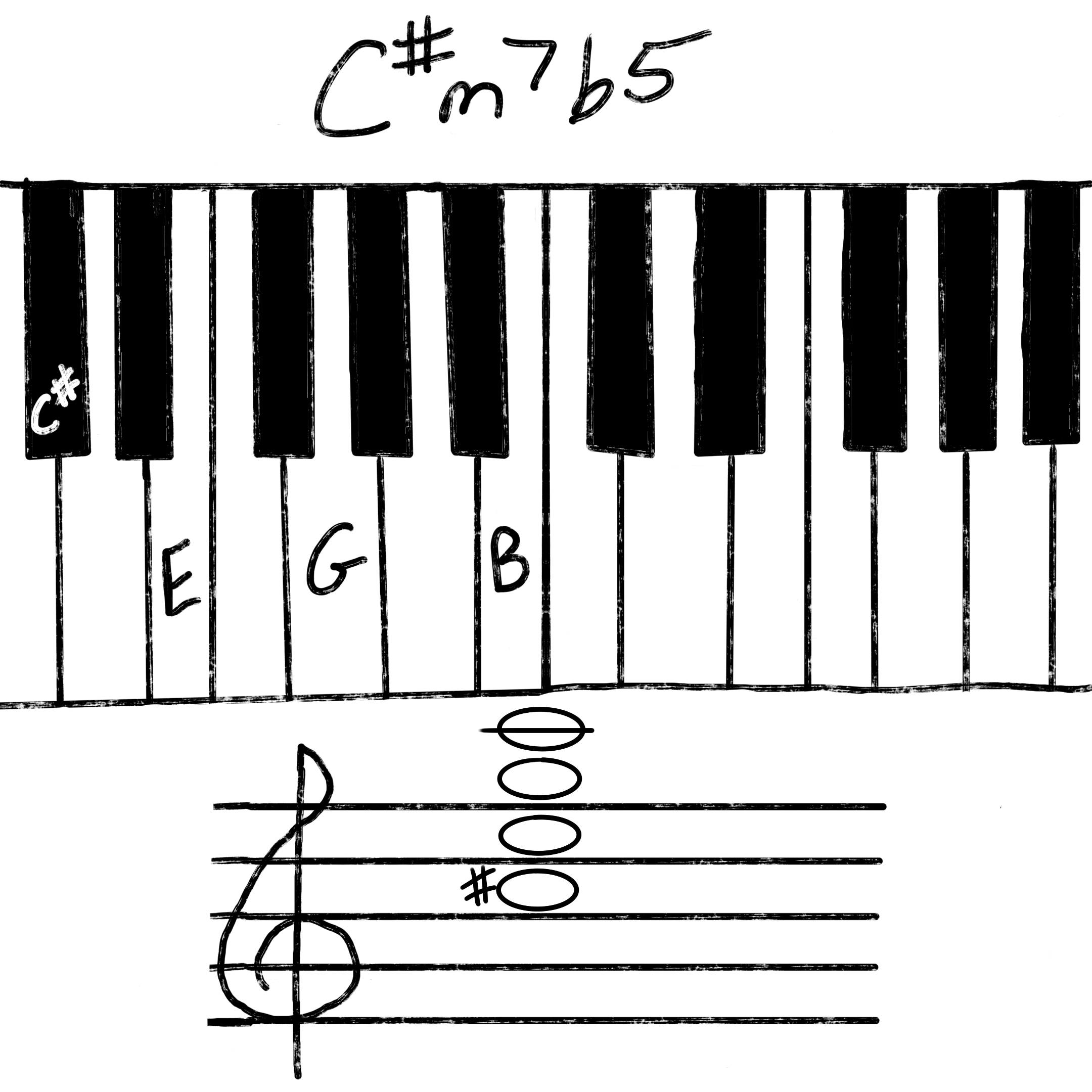
Inversions
Using inversions is a fantastic way to build up your chord knowledge as well as your muscle memory while playing. Inversions are simply playing the notes of a chord in a different order.
For example, the first inversion of D major is D – F# – A. The second inversion is F# – A – D, with the D note being located in the next highest octave. Finally, a third inversion of D major is A – D – F#, with both the D and F# notes in the next highest octave.
Here is a visual representation of inversions, if that helps you understand a bit better.
| Inversion | 1st | 2nd | 3rd |
| Chord Formula | D – F# – A | F# – A – D | A – D – F# |
First Inversion
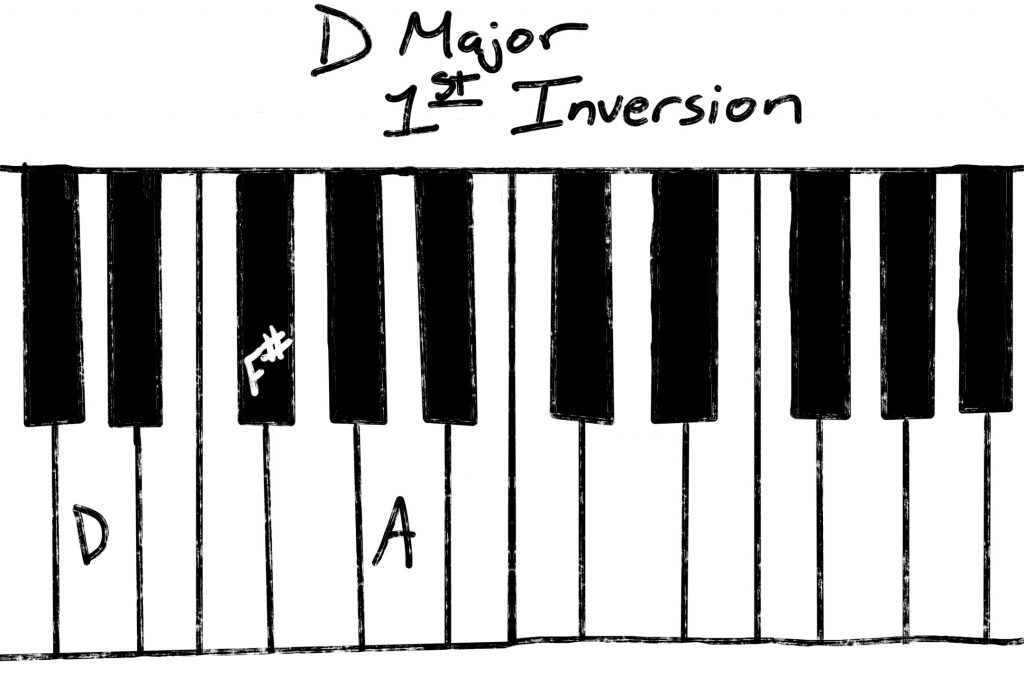
Second Inversion

Third Inversion
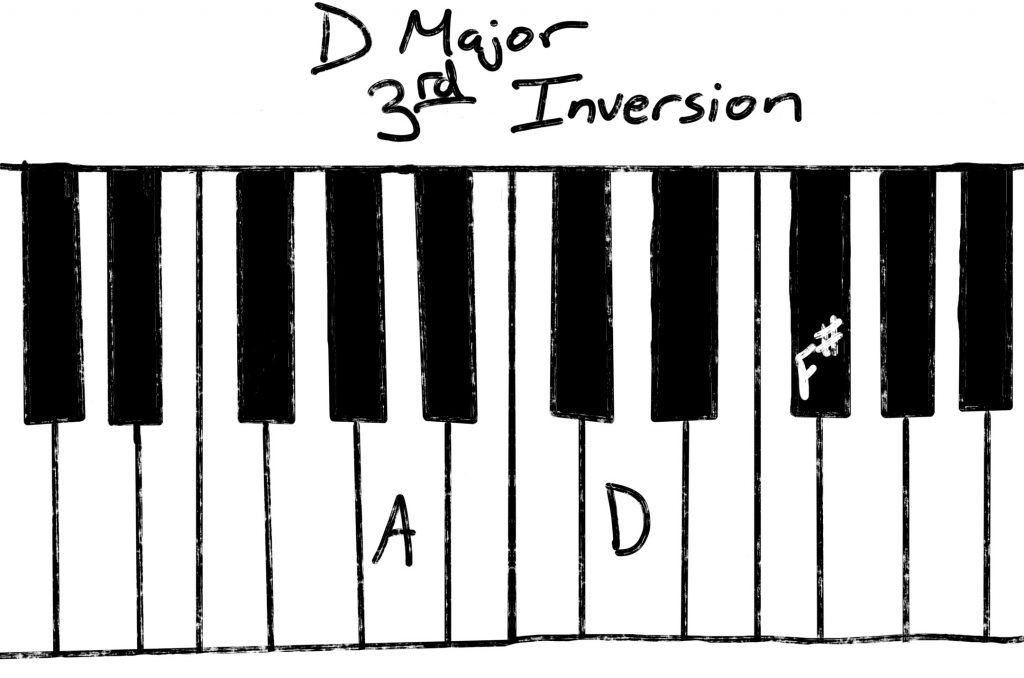
Modified Chords
For the sake of simplicity, we will define modified chords as those that vary a bit from the original I – III/bIII – V formula. Most often you will see modified chords as add, sus, or just a number next to the chord name.
To know what notes we can use for modified chords, we have to map each note in the key we are using to a number. This is similar to how the notes were mapped to Roman numerals above. You just keep counting up to 13.
Like so:
- D = 1
- E = 2
- F# = 3
- G = 4
- A = 5
- B = 6
- C# = 7
- D = 8
- E = 9
- F# = 10
- G = 11
- A = 12
- B = 13
The 2, 4, 7, 11, and 13 notes are in bold because those are the notes most often used in modifying chords.
To use them we will either add a note, obviously for add chords, or suspend a note, for sus chords.
add Chords
Building your add chord is as simple as picking a note from the number chart above and sticking it into your existing chord.
For example, if we want to make a Dadd4 chord we will take D major, D – F# – A, and add in a IV, or G, note. So the new, Dadd4 chord will look like D – F# – G – A.
You will notice that the notes repeat after the VII note. So, what is the difference between an add4 and an add11? Similar to inversions, the higher number note is in the next highest octave. So a Dadd4 is D – F# – G – A whereas a Dadd11 is D – F# – A – G.
The same applies for any of the other number other than 8, 10, or 12. Those would just be adding in another I, III, or V note and would not be considered add chords. But add2/add9, add4/add11, and add6/add13 will all work the same way.
You don’t often see an add 6 chord. When you do, it is usually paired with a add9 and will look like this: Dadd6/9 (D – F# – A – B – E). Finally, an add7 chord is usually just noted as the number 7. So a Dadd7 and a D7 are the same thing.
sus Chords
Suspended chords could also be called substitution chords. They use most of the same rules as add chords except you drop the III and substitute it with the numbered note you desire. For example, to make a Dsus2 chord you would drop the F# from D major and replace it with a II, or E, note. So your Dsus2 will look like D – E – A.
The D Major Scale
You can use these charts below to really help cement the D major key into your brain. Here it is laid out on a keyboard and a music staff.

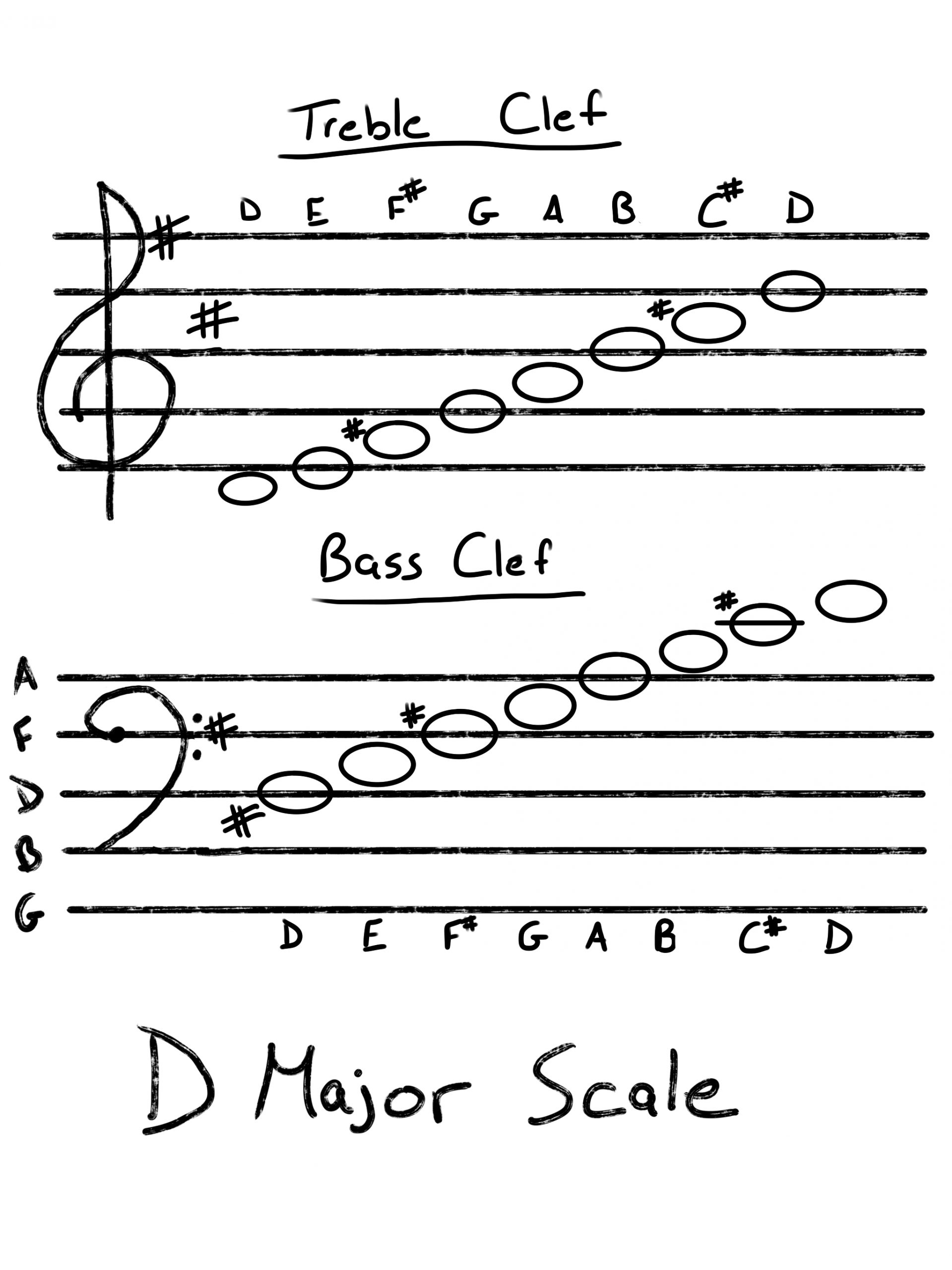
Songs In The Key Of D
You can jump right into playing songs you know using the chords from above. Here are several songs in the key of D major which will use D major chords.
- Highway to Hell by AC-DC
- Mardy Bum by Arctic Monkeys
- Wake Me Up by Avicii
- The Thrill Is Gone by B.B. King
- Twist and Shout by The Beatles
- Summer Of ’69 by Bryan Adams
- Hotel California by The Eagles
- I Can’t Tell You Why by The Eagles
- Thinking Out Loud by Ed Sheeran
- Home by Edward Sharpe & The Magnetic Zeros
- Dance, Dance by Fall Out Boy
- Everlong by Foo Fighters
- Say Something by A Great Big World
- Radioactive by Imagine Dragons
- Stop This Train by John Mayer
- Thank You by Led Zeppelin
- Nobody’s Listening by Linkin Park
- Royals by Lorde
- Everything by Michael Bublé
- Secrets by OneRepublic
- Comfortably Numb by Pink Floyd
- Money by Pink Floyd
- I’ll Stand by You by The Pretenders
- Love Story by Taylor Swift
- Reptilia by The Strokes
- With or Without You by U2
- Beautiful Day by U2
- One Headlight by The Wallflowers
- Maybe I’m Amazed by Wings
Wrap Up!
After this lesson, you should have a firm grasp on the key of D major, the D major chords, and how to build them on your own. Take these tools and use them in your daily practice and writing.
Until next time!